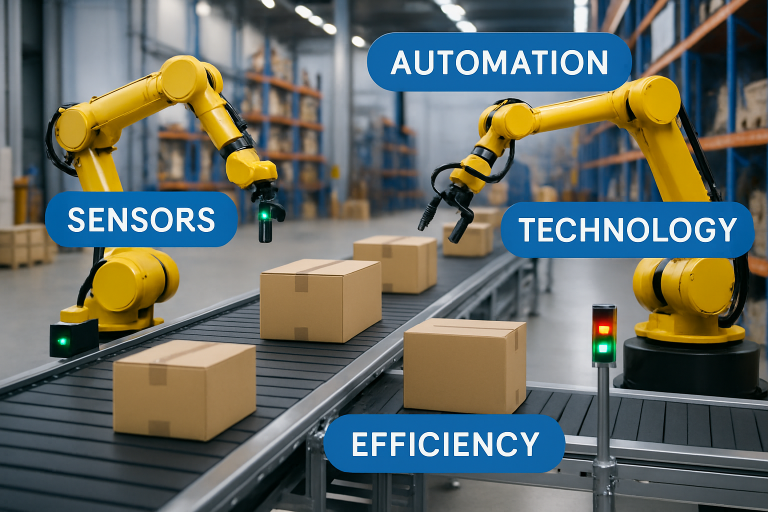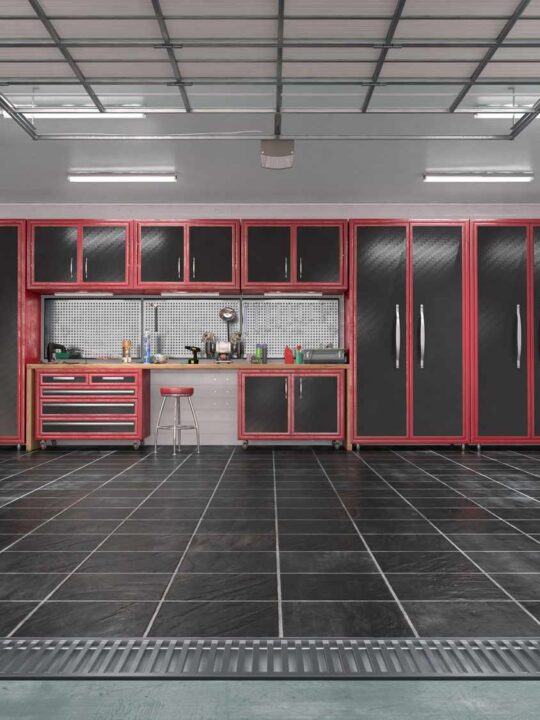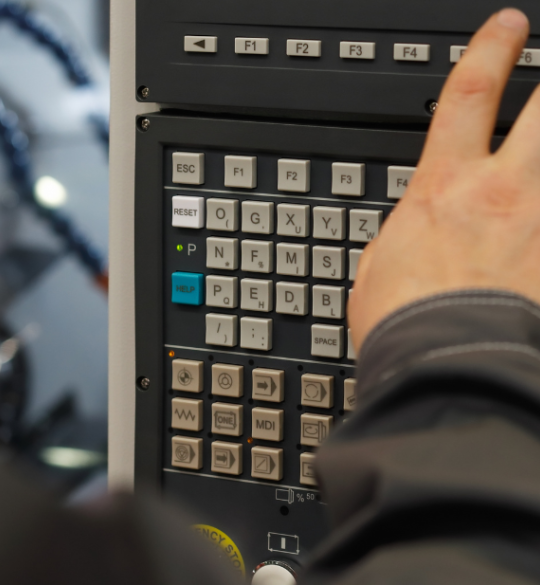Conveyor belts have long been the backbone of industries worldwide, spanning applications ranging from food processing and mining to warehousing and shipping. The need for efficient material handling has driven continual innovation in this field, reshaping how materials are transported and managed. With rising expectations for environmental responsibility and operational productivity, the technology surrounding conveyor systems is evolving as rapidly as any other industrial asset. For companies seeking solutions such as rigging equipment Little Rock AR, the intersection between advanced conveyor systems and dependable rigging hardware is playing an increasingly critical role in reducing downtime and enhancing workflows.
Innovations in conveyor technology today focus not only on maximizing efficiency but also on sustainability, worker safety, and long-term cost savings. Companies across manufacturing, distribution, and logistics are seeking ways to increase uptime, leverage automation, and minimize their carbon footprint while meeting regulatory and safety requirements. This combination of efficiency and sustainability is the hallmark of the industry’s direction for 2024 and beyond.
Table of Contents
Integration of AI and IoT
The integration of Artificial Intelligence (AI) and the Internet of Things (IoT) is fundamentally reshaping conveyor belt systems across diverse sectors. AI-driven analytics enable businesses to anticipate potential failures, optimize maintenance schedules, and enhance overall productivity. IoT sensors embedded directly into conveyor lines enable seamless, real-time data gathering—from temperature and vibration monitoring to throughput tracking—providing operators with meaningful insights for proactive decision-making. This shift toward predictive, rather than reactive, system management has been shown to significantly reduce unplanned downtime, as highlighted by recent research from Forbes. Smart conveyors are also increasingly connected to cloud-based platforms, enabling remote diagnostics and monitoring on a scale that was previously impossible.
Eco-Friendly Materials
The push for sustainable manufacturing has led to a surge in eco-friendly conveyor belt solutions. Brands like Habasit and Fenner Dunlop are making impressive strides by using recycled plastics, bio-based polymers, and natural rubber alternatives for belt construction. Utilizing greener materials not only supports environmental stewardship but also meets the growing demands of consumers and regulators for transparency in sourcing. According to a recent McKinsey analysis, integrating sustainability into core operations can reduce an organization’s carbon footprint by up to 40%. As supply chain partners are held to stricter environmental standards, many are turning to conveyor technologies that demonstrate authentic ecological commitment.
Lightweight and High-Performance Materials
Recent breakthroughs in material science have enabled the production of conveyor belts from lightweight yet durable materials such as polyurethane (PU) and thermoplastic elastomers (TPE). These high-performance compounds offer several benefits, including improved wear resistance, enhanced hygiene (essential for food and pharmaceutical environments), and notable reductions in energy consumption. Habasit’s internal research shows that switching to lightweight belts can reduce a facility’s conveyor energy use by up to 15% compared to traditional heavy rubber belts. This move not only aids environmental goals but also delivers direct cost advantages for energy-intensive industries.
Automation and Robotics Integration
The synergy between conveyor systems and automation technologies is revolutionizing how goods are sorted, picked, and transported. Robotic arms and vision-guided pick-and-place systems work collaboratively with advanced conveyors, reducing manual workloads and enabling higher throughput. The World Economic Forum suggests that the integration of automation and robotics will drive a 45% increase in warehouse automation adoption by 2025. This move is expected to transform everything from simple sorting facilities to complex manufacturing sites, resulting in enhanced worker safety and reduced labor costs.

Energy-Efficient Designs
Reducing operational power consumption is a top priority for industries that rely on conveyor systems. Energy-efficient technologies, such as variable frequency drives (VFDs), enable precise control of motor speed, allowing conveyor output to match fluctuating process requirements in real-time while minimizing waste. Additionally, braking systems that capture excess energy and reintegrate it into operations are now more commonplace, further driving sustainability goals. These measures help lower both greenhouse gas emissions and utility expenses.
Safety Enhancements
Worker safety is a non-negotiable component of modern conveyor system development. Compliance with ISO 5048 (belt conveyor operational safety) and ANSI B20.1 (U.S. safety standards for conveyors) ensures robust, industry-wide protocols for the design and use of conveyors. In the U.S., OSHA rules require emergency stops, effective guarding, and noise reduction as key safety features. These advancements in engineering and design actively protect operators while ensuring smooth, safe, and reliable system operation in high-traffic environments.
Predictive Maintenance
Proactive maintenance approaches are essential for preventing catastrophic downtime and costly disruptions. Advanced conveyor systems utilize real-time monitoring, tracking vibration, temperature, and belt alignment, allowing teams to address minor issues before they escalate. According to IndustryWeek, manufacturers can lose up to 10% of their production time to unplanned downtime, translating to billions of dollars in lost output each year. Predictive maintenance technology ensures uninterrupted performance, longer equipment life, and a healthier bottom line.
Conclusion
The conveyor belt industry is rapidly advancing to meet the dual demands of operational efficiency and sustainability. Through the integration of AI and IoT, the adoption of eco-friendly and lightweight materials, increased automation, and enhanced safety measures, businesses are better equipped to thrive in today’s competitive environment. Those poised to harness these innovations will maintain an enduring edge, optimizing workflows, reducing costs, and supporting global sustainability efforts.







